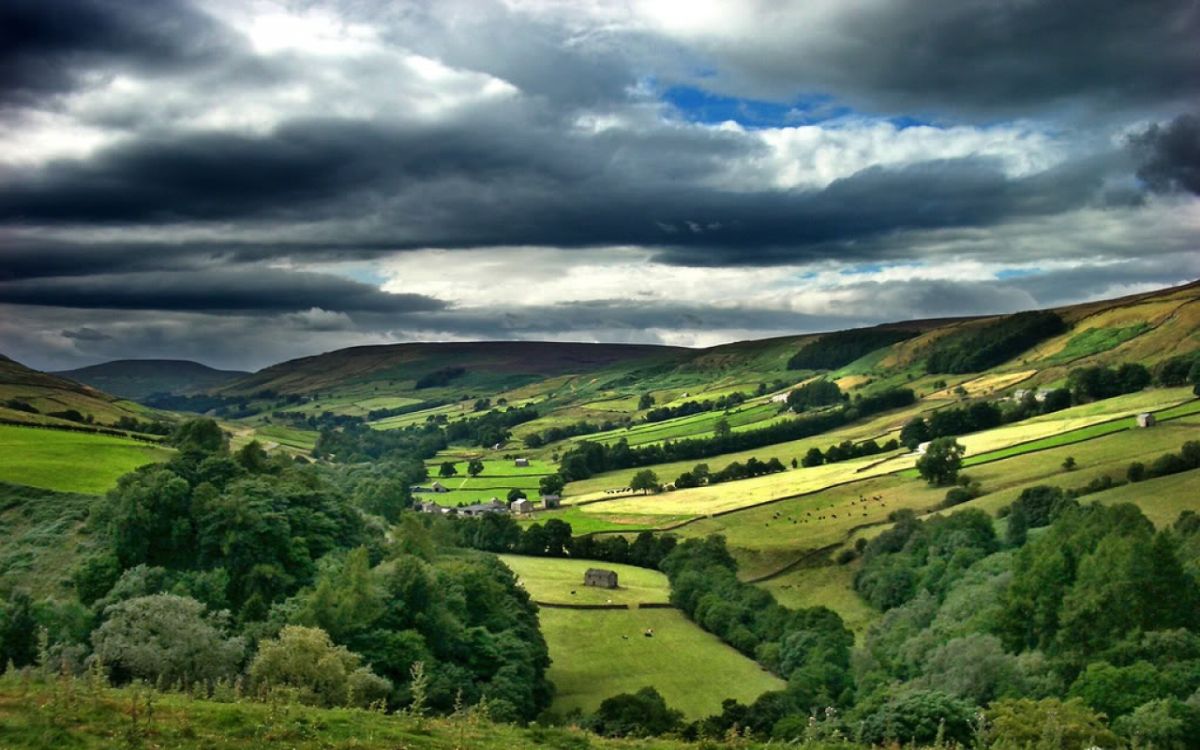
Natural England is inviting applications for the Countryside Stewardship Hedgerows and Boundaries Grant which opens for applications today (1 February).
The grant, individually worth up to £5,000, is designed to help farmers and other land managers improve important farmland boundaries.
The application window for the £5 million scheme closes on 28 April. Farmers can apply for a one-off grant towards the restoration of a range of traditional boundaries including hedgerows, dry stone walls, stone-faced banks and earth banks. Nearly 800 applicants were successful last year.
Guy Thompson, Chief Operating Officer of Natural England, said hedgerows, dry stone walls and earth banks are a 'quintessential' part of the English countryside.
He said: “Not only do they perform a vital agricultural role in protecting crops and livestock from the elements, they help support a variety of wildlife.
“Increasingly farmland boundaries also play a major role in preventing soil loss as well as reducing pollution and flooding.”
Competitive
Payment rates are fixed for each item. These include hedge-laying or coppicing, hedgerow restoration through gapping-up, stone-faced bank repair and stone wall restoration, which can include a top wiring supplement.
Like the rest of the Countryside Stewardship Scheme, the application process is competitive.
Applications score more highly if the business has been in a previous Environmental Stewardship agreement or England Woodland Grant Scheme.
Priority is given to smaller holdings and restoring hedges or walls is preferred to stone-faced or earth banks.
More points are awarded if the application is for more than £1,000, and if the holding is part of a group receiving Facilitation Fund payments.
Grant offers will be made to successful applicants from July 2017. The deadline for submitting claims to Natural England is 31 December 2018.
Why are hedges and boundaries important?
Dry stone walling in Britain stretches back at least three and a half millennia.
Built without any mortar or cement, they are most common in Britain where trees and hedges do not grow easily because of the climate, elevation, strong winds or thin soils.
With regular maintenance a dry stone wall could stand for 100 years. They offer shelter and habitat for a wide variety of animals, birds and plants as well as being an important landscape feature.
Stone boundaries are key features of many upland landscapes and are import to help to maintain traditional rural skills as well as for stock management.
Like hedges, walls act as wildlife corridors and they provide important habitats for lichens, slowworms, invertebrates, bees and wasps.
Planting of new hedgerows started around Roman times and continued on and off through to the mid-18th century, when the Enclosures Act prompted a great increase in hedge planting.
After the Second World War, farmers were encouraged to remove hedges, particularly from agricultural fields, to help Britain become self-sufficient in food production.
Hedges can provide vital linear habitats for many of the birds, mammals and insects. Well-sited boundaries may also provide vital links between blocks of wooded habitat, helping wildlife adapt to climate change, and can make a real difference in controlling agricultural run-off.
